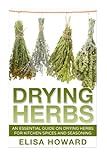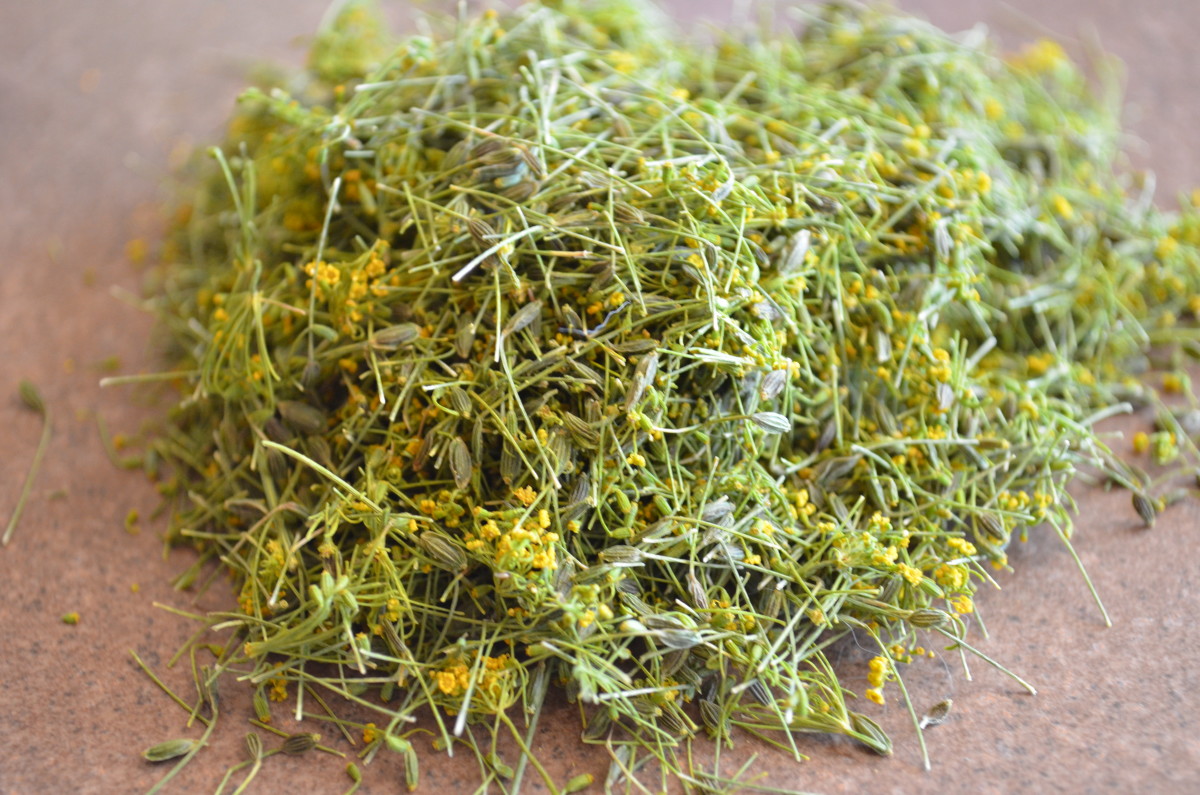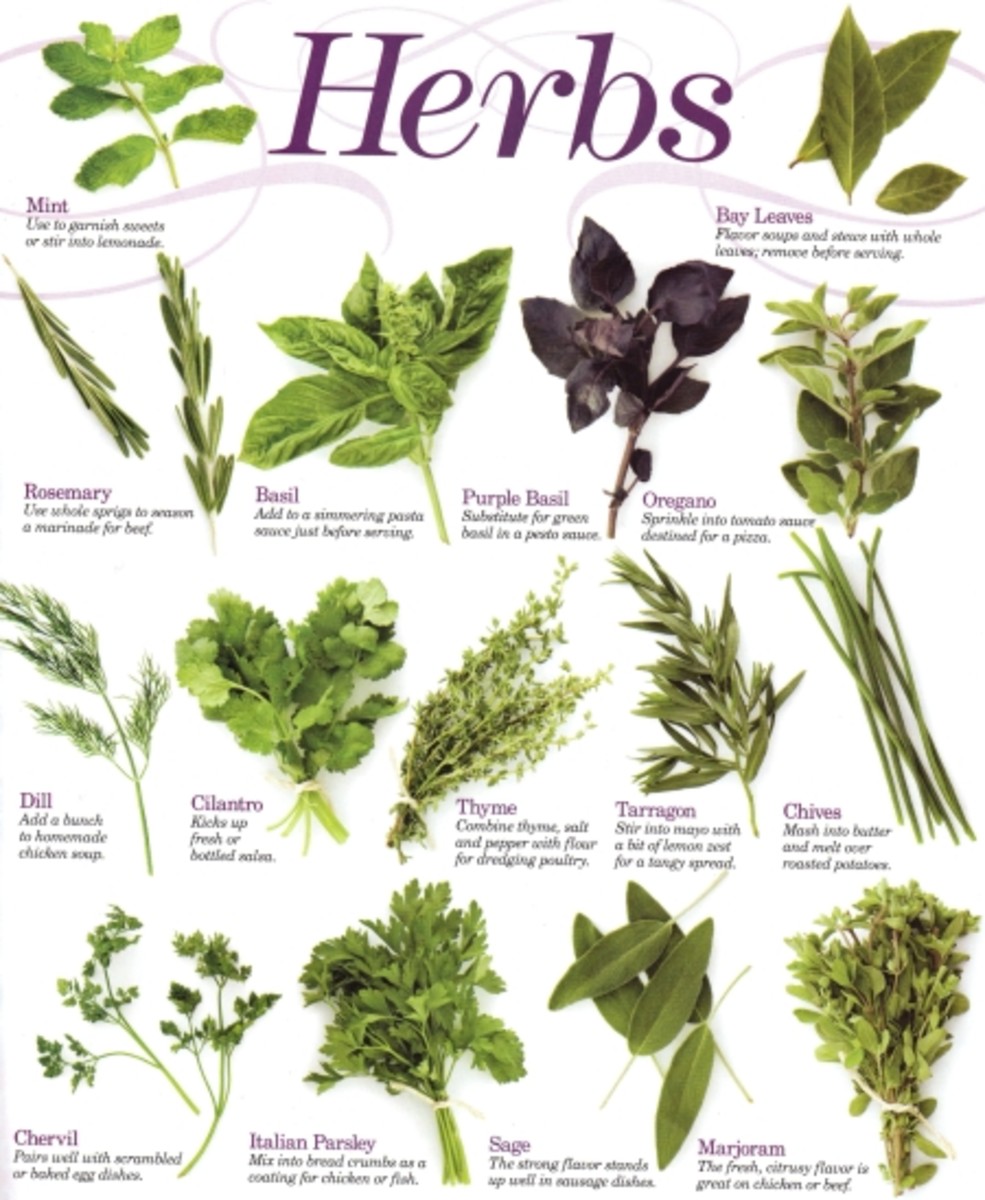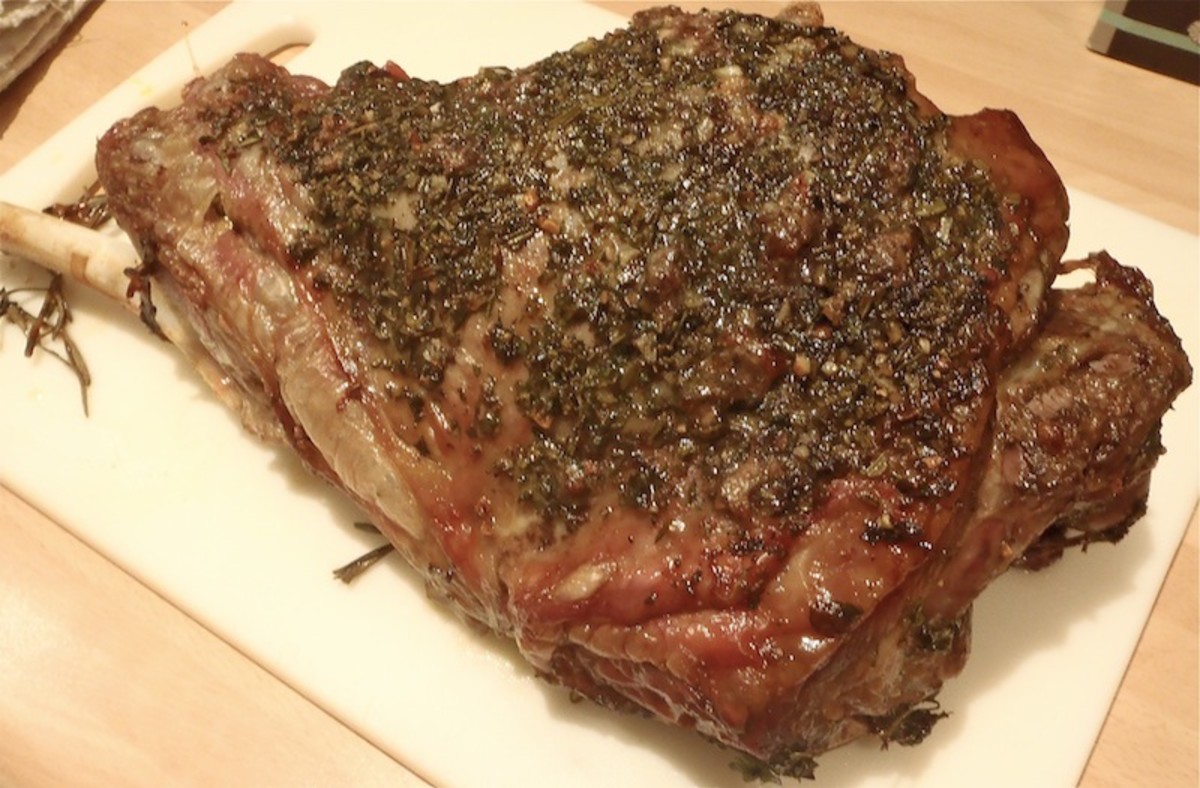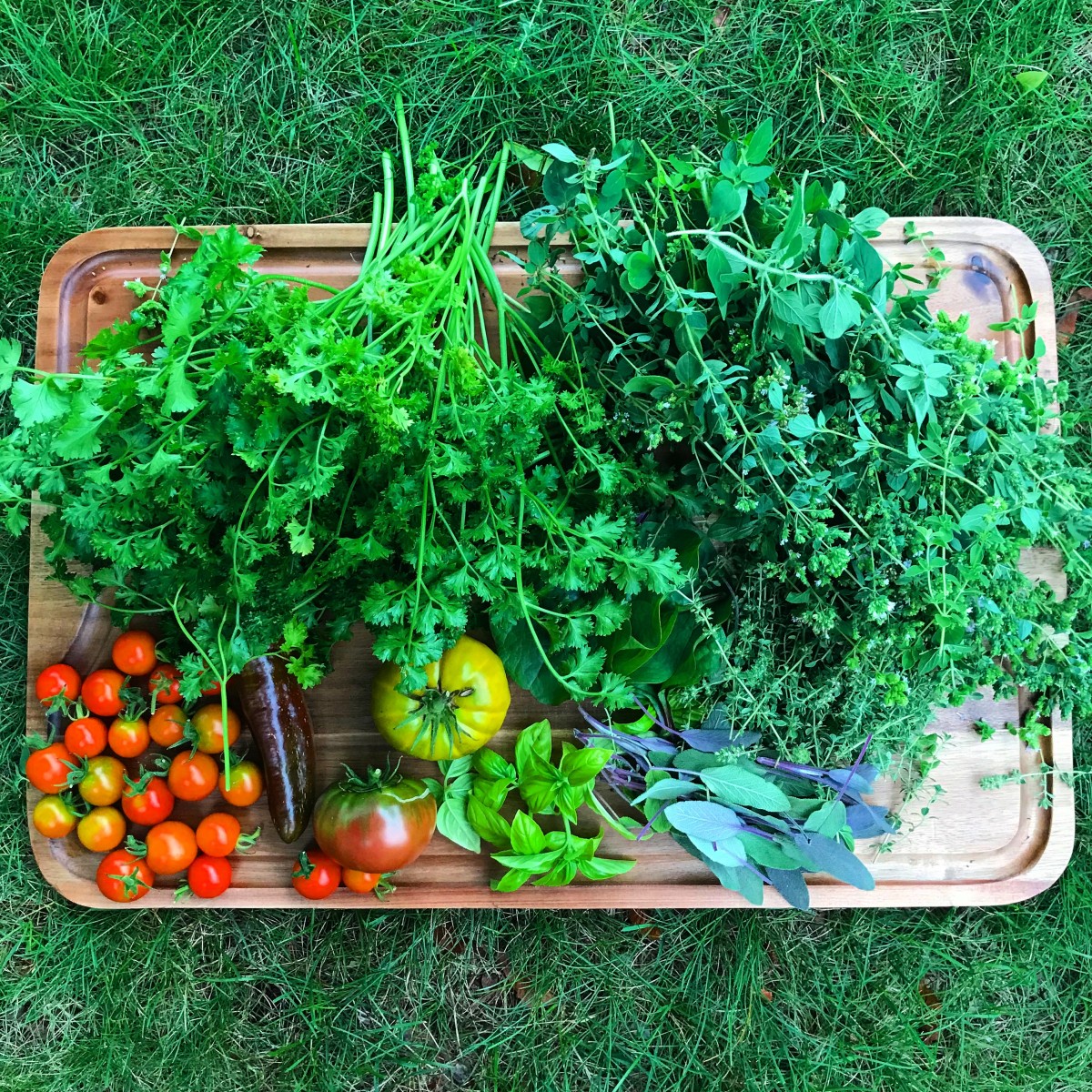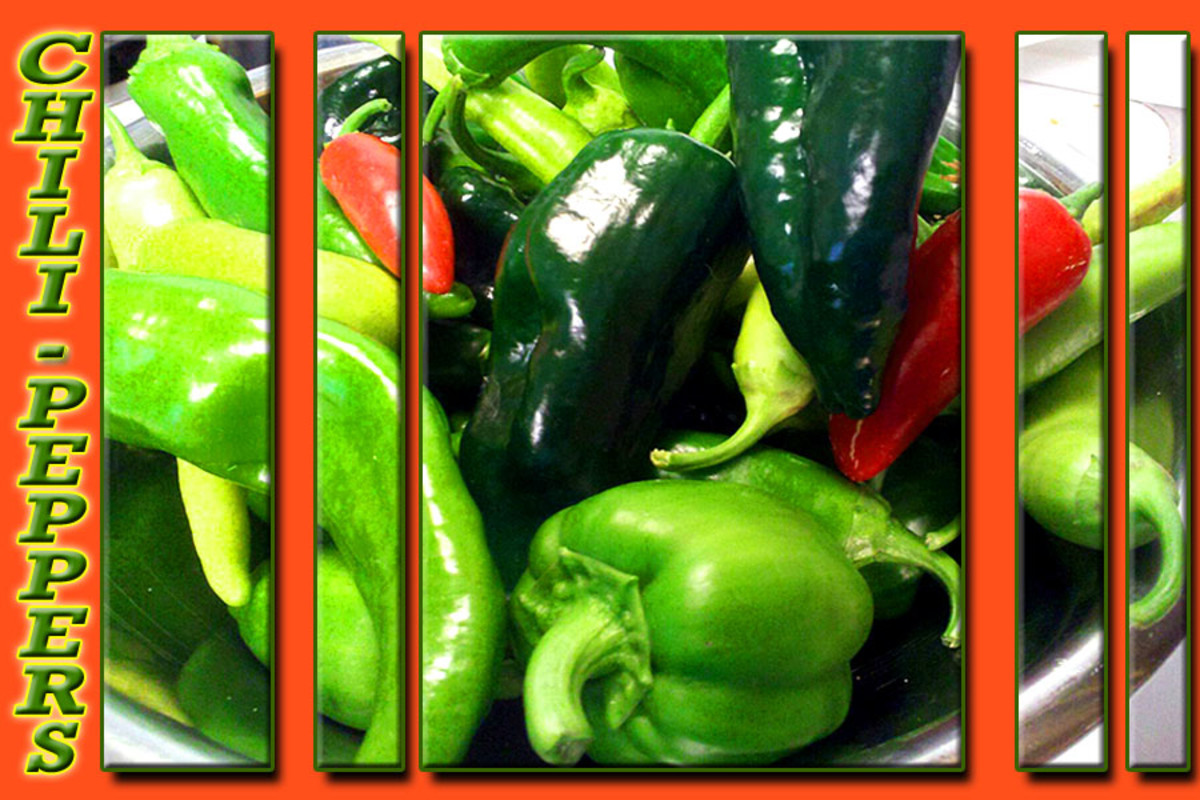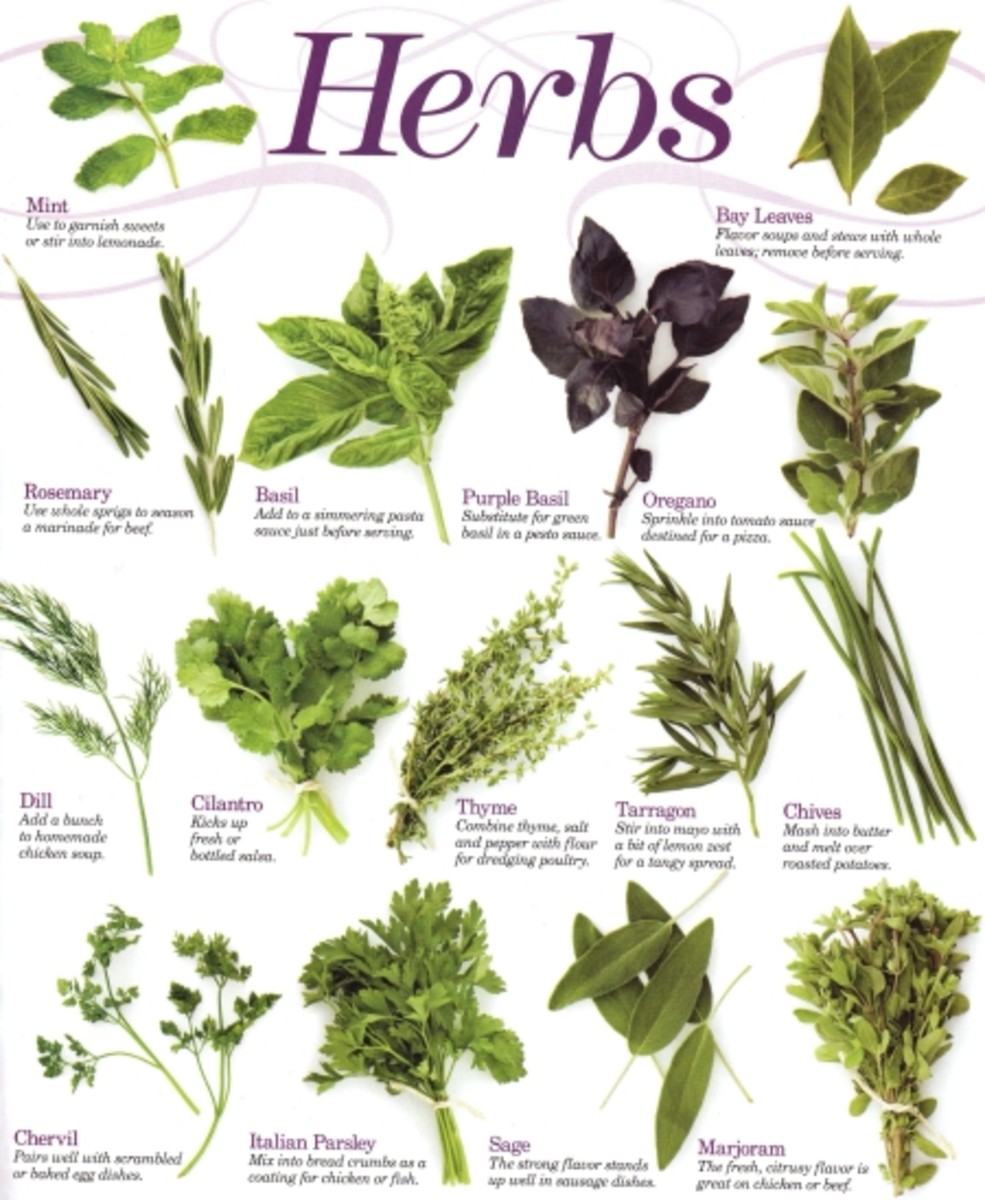How to Oven Dry Fresh Herbs
Culinary Basics - How to Oven Dry Herbs
There are several ways to dry herbs. The most convenient way would be to buy a commercial dehydrator and dry them that way. However, you can dry them by several methods and not only save money but with a little effort, you can produce a year or more of flavorful herbs to have on hand.
Whatever method you use for drying herbs, the most important thing to remember is that some herbs have more moisture than others and require different techniques – but it is possible to dry all and have a satisfactory result.
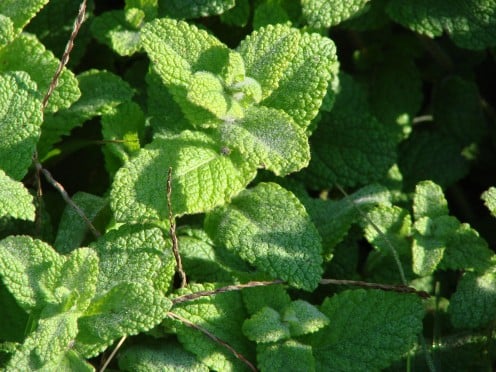
PROCESS FOR OVEN DRYING HERBS
This method works great for basil, tarragon, lemon balm, and mint because they have a high moisture content.
- Harvest your herbs mid morning if all possible when leaves are dry and cut off in branches.
- Shake to remove loose dirt or insects!
- Wash herbs with stems attached and dry on dish towels or paper towel.
Method for washing: Dip in cold water and then dry on towels or paper towels. Gently spin in a salad spinner to get off the extra moisture off if desired.
- For oven drying you can remove the leaves after washing and drying.
- Leave out to air dry for a bit - wet herbs create mold and will be ruined.
- Use a large cookie sheet or a jelly roll pan. Cover with a layer of paper towels.
- Place the leaves in a single layer on the paper towel – none touching.
- Repeat this layer with paper towel and more herbs – maximum of 5 layers per pan.
- Place the pan in a cool oven – no heat whatsoever.
- The herbs should be dried by the next day.
STORAGE AND TIPS ON DRIED HERBS
- Store in airtight containers or zip-lock bags
- Freeze in freezer bags - though they lose a bit of flavor that way
- Store out of the light – dark cupboard or pantry
- Whole leaves retain more flavor than crushed herbs
- Add to foods in the last 5-10 minutes to bring out the most flavor
- 1 tablespoon of fresh herbs = 1 teaspoon of dried herbs
- You can microwave dry herbs but you basically end up with cooked herbs
- The best places to store herbs are up high in areas that remain dry and airy – and that get good circulation. This promotes further drying and reduces the risk of mold
- If you notice that any of the dried herbs are moldy, throw out and start again
SUMMING IT UP
You don’t have to grow your own herbs to enjoy the wonders of dried herbs. You can get huge bunches of herbs at local farmer markets or in the grocery stores.
Just proceed as above and you will have an abundance of fresh, delicious herbs to use in food preparation, teas, tisanes, and sachets for a full year and perhaps longer.
Dried and fresh herbs are part of the culinary basics for intermingling ingredients to make healthy recipes and to add to the joys of cooking. Having your own fresh herbs on hand is a bonus and having their dried counterpart in the heart of winter is also a wonderful advantage.
Try another method of drying herbs - the air dry method. It is equally as effective and easily done.
Culinary Basics: How to Dry Basil
- Culinary Basics: How to Grow Your Own Herbs
Part of culinary basics and cooking ingredients is all about herbs. Herbs make up a vital part of healthy recipes and it pays to have the best ingredients to work with. There are numerous ways to grow your... - Container Gardening: Vegetables And Herbs
The popularity of Container Gardening is picking up speed with the downturn of the economy. Familes are working hard to find any way they can to save a little extra money. Container Gardening is where it's at. - Eight Herbs for Your Perennial Herb Garden
Like all plants, herbs can be either annuals, biennials or perennials. Perennial herbs are among the most popular herbs for herb gardeners, since they grow for several years, giving you a continuous harvest...

